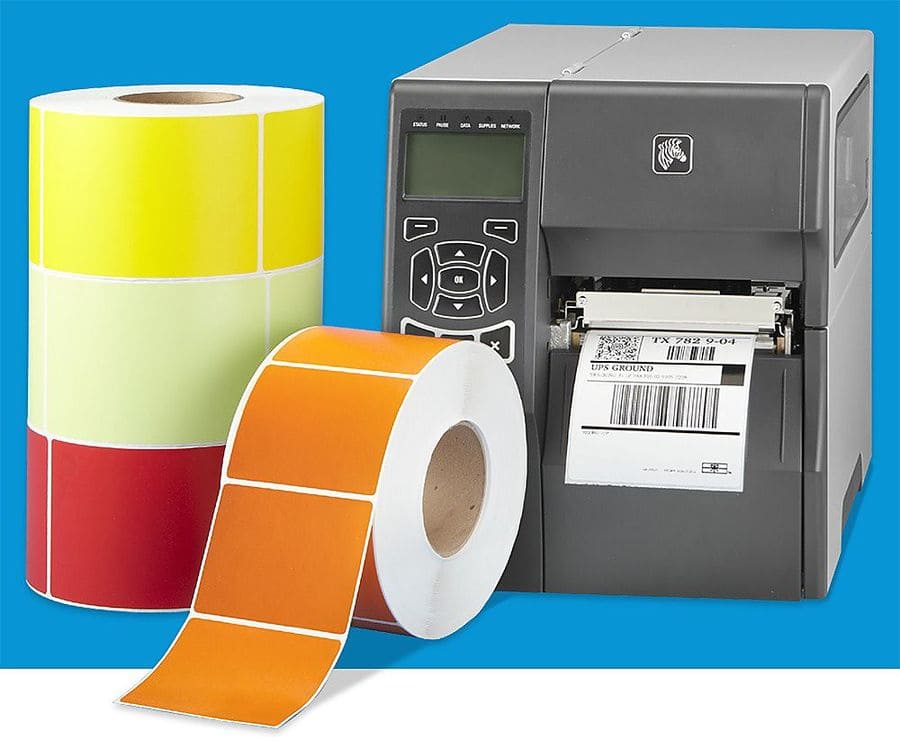Every business that places products on the market needs to invest in quality labelling of their products. This can be done by making thermal labels a key part of the business. Information such as addresses, barcodes, product descriptions and prices are easily available to customers when they are in front of their eyes. Therefore, thermal labels provide the customer with the necessary information about the product they are purchasing, hence they add to the proper functioning of the business. After all, as the business manager, you make sure that clear and correct information goes with each product. For that purpose, you should consider the following types of thermal labels.
Direct Thermal and Thermal Transfer Labels
Before we get to the different types of thermal labels, you should consider the difference between the Direct Thermal and Thermal Transfer Labels. The main difference between them is that the Thermal Transfer labels need a thermal ribbon for printing.

Brother Labels
The Brother labels are compatible with a great range of printers. They are complete with axles so that they can enable a smooth transition from roll to roll. They are direct thermal label so they don’t require ink, toner or ribbon. Also, they have an adhesive tape which enables longevity of the stickiness of the labels. When opting for Brother labels always go for label material that is sourced from Sustainable Forestry Plantations in order to do your part in protecting the planet. Also, look for the chemicals used in the production of these labels to be FDA and BfR approved so that you can make use of the thermal labels in the food and medical industry
Coloured Labels
Both the Direct Thermal and Thermal Transfer labels can come in coloured variations. You can find all the basic colours and even have them some custom made for your needs. Coloured labels are a great solution if you want to make the information more visible and noticeable. In addition, if the packaging of your product is in a particular colour, having the same colour as the label will blend it and add to the whole of the product look.
Synthetic Labels
These labels are created by synthetic fibres and are made to last a lot longer and be more hard-wearing than the usual paper labels. The best use for them is outdoor use because the labels can withstand the elements. Also, they can be used in garden centres where the constant watering wouldn’t damage them, nor the sun and heat would make them fade. Furthermore, the synthetic labels are great to use in industries where the temperature ranges are extreme. The fact that they can be used in ovens where the temperature can be over 100 degrees or in freezing conditions and stay robust and easy to read makes them the perfect solution for such labelling needs. What is more, synthetic labels are great to use products containing oils and chemicals and on cosmetic bottles where the product is constantly getting wet. The only damage you can do to them is only stretching them. You can find the synthetic labels in matt, gloss and clear materials as well ina colour and size you want.
Card Tags
If you prefer a non-adhesive option, then a card tag will be the most suitable alternative for you. You can use it to identify pallets, products or any other product that you want smooth and without a sticky label residue left on it. They can also be thermal direct, thermal transfer and synthetic, so you can choose a type according to your printing options. You can find them as die-cut tags or continuous rolls which you can cut in sizes you want.
